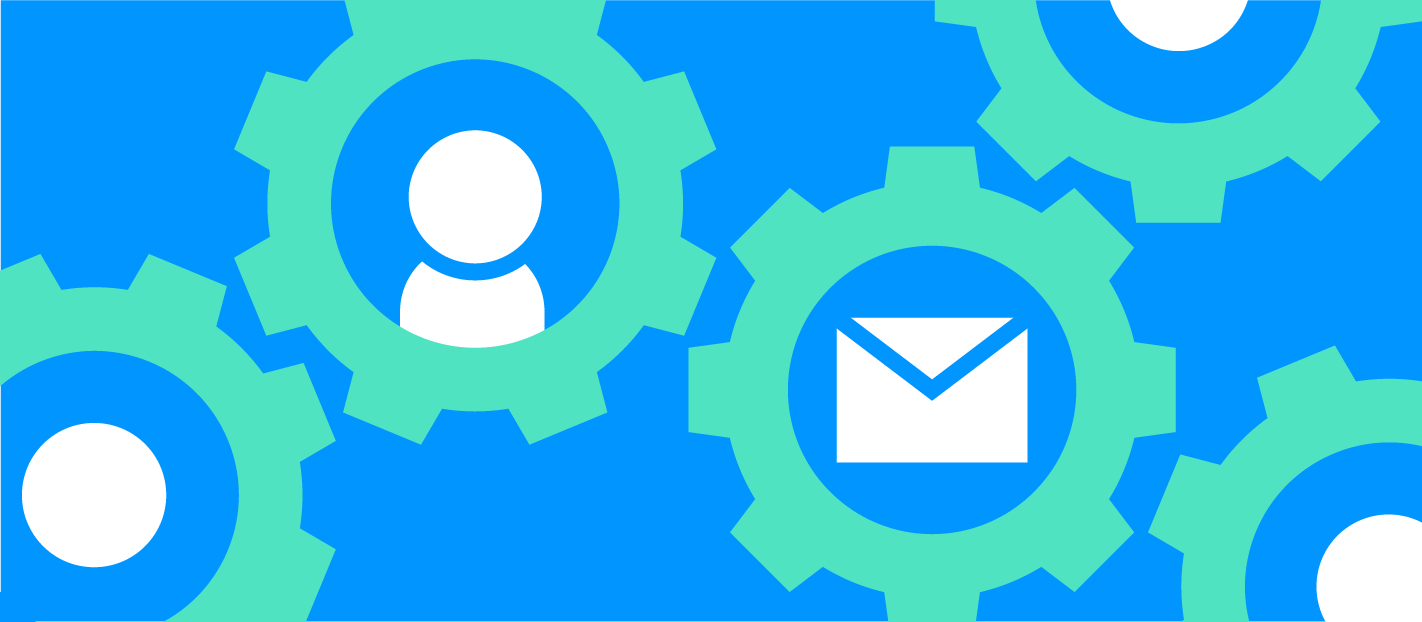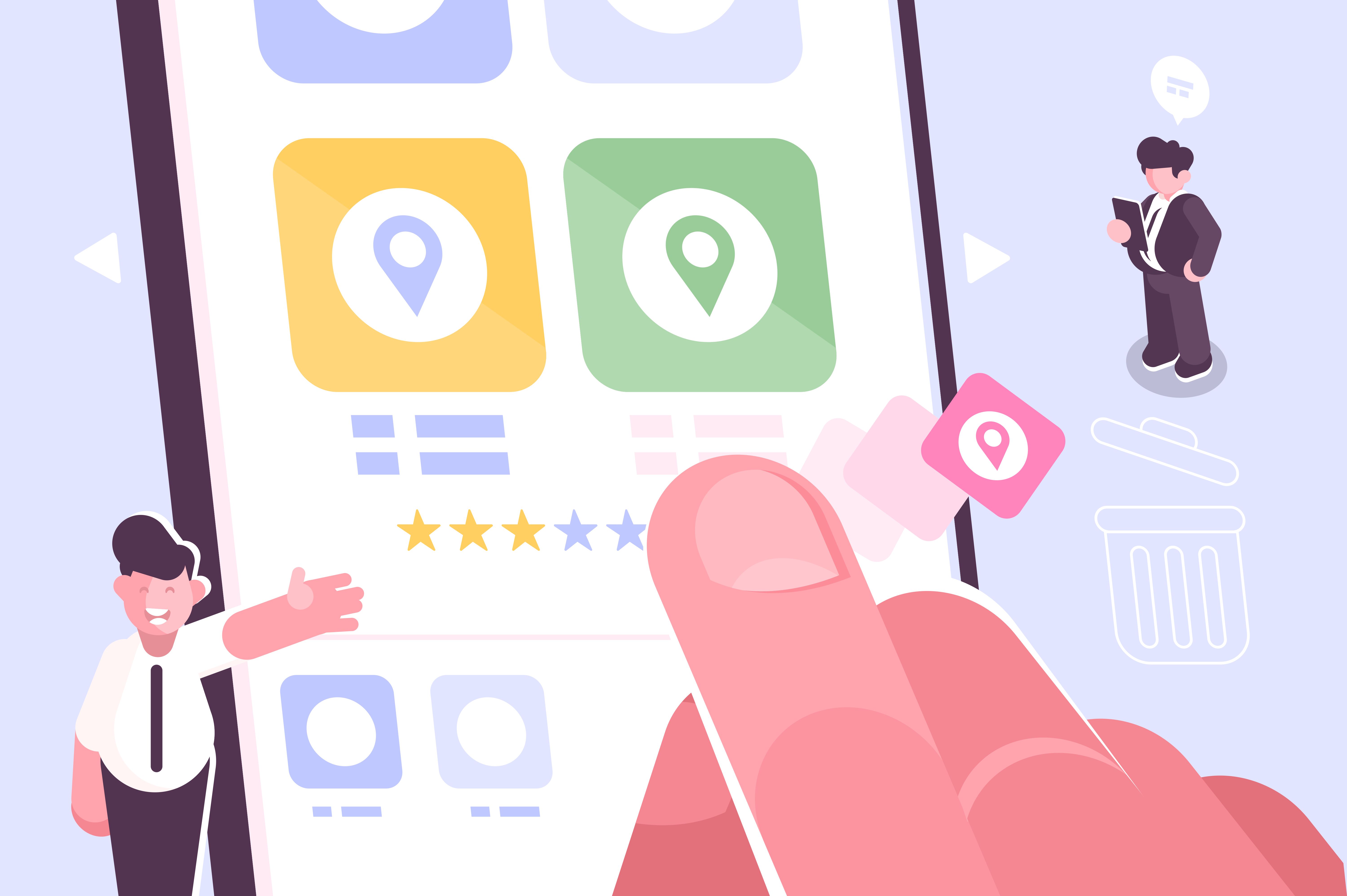
In the early days of running a startup, it’s hard to surprise anyone – the biggest challenge is getting anyone to discover you in the first place.
Because of this, most startups, especially those who follow the principles laid out in books such as “The Lean Startup”, tend to work in the open.
Collaborating with your customers enables you to build better features that are aligned with user needs – there’s never a fear that you’re working on the wrong thing because you’re gaining feedback from inception to launch.
However, if you’re always implementing new features in the open and iterating alongside your customers, you miss out on a big opportunity – the ability to surprise and delight customers with unexpected new functionality.
The purpose of surprising customers
Everyone loves a surprise. While customers may very well be excited by a new release, it’s also a chance to gain attention from social media and press.
Delighting customers to earn their loyalty

If you can truly empathise with your customers, then you’re in a much better position to surprise them with a new feature out of the blue. Delivering new functionality unexpectedly, ahead of schedule, can work wonders for driving customers to not just like you, but love you.
Every release is an opportunity for exposure

While your customers may be less excited about your publicity, as a business it’s becoming ever more challenging to stand out from the crowd. It’s important to harness any opportunity you have to gain media attention, and surprise feature releases are perfect for this.
Keeping the competition guessing

Becoming competitor-obsessed is a quick route to the dead pool. But a great way to bolster your lead in any market is to develop exciting new functionality and deliver it to customers, without giving any clues to your competitors in the process.
The most successful surprises
While keeping new features under-wraps may not be the most customer-focused way to introduce new functionality, it’s certainly worked for many hugely successful companies.
Apple

Image courtesy of Kazuhiro Shiozawa
Apple is obsessed with the art of surprise.
For example, this week the world is focusing on an event where Apple is expected to release the latest editions of their key product families including the iPhone and Apple Watch. Nobody knows for certain what Apple will release, but thousands of people are happy to spend their time guessing and pondering what might be unveiled.
Amazon Web Services

Amazon Web Services (AWS) have always iterated in a very democratic way, by listening to their customers and releasing new features and products at breakneck speed. But even Amazon are starting to see the benefit of surprising customers with their annual re:Invent conference where they unveil a swathe of updates and new products to an audience of thousands.
Microsoft

Image courtesy of Pierre Lecourt
Microsoft hasn’t always been known for their theatrical launches – their friends in Cupertino usually take all the limelight, but in 2015 when they launched the Surface Book, they wowed their customers and the media like never before. While Microsoft could have worked on the Surface Book in the open, it would have enabled competitors to spend time subduing the excitement of the launch and the reveal would have garnered far less publicity as a result.
Of course, you are not Apple, Amazon or Microsoft. So should you be surprising your customers in the same way at your startup?
The Hollywood Launch

We first heard the term “The Hollywood Launch” in reference to software releases when reading Getting Real by Basecamp (previously 37signals). Being the kind folks they are, they published the book online for free, so you can read their chapter on The Hollywood Launch right now.
As a quick summary, a Hollywood-style launch consists of three key elements: a teaser, a preview, and the launch.
Teaser
A week or two before launching a feature, you can start dropping hints and teasers to your customers. There’s a number of ways you can achieve this – publicly through Tweets and images on social networks such as Instagram, via a mention in your email newsletter, and via in-app messages to relevant users.
Preview
In the week and days running up to releasing a surprise feature, you can start talking more about what you’re working on. For example, you could share the thought process or reasoning for working on the upcoming feature in a blog post.
Launch
When it comes to launch day, you should focus on getting the word out to as many customers as possible – ensure everyone who’s relevant and interested receives a message via the appropriate channel, be that email, social media or in-app messaging. You could also encourage your customers to share the news and tell their friends about it.
How to effectively surprise your customers
Define a small group of testers

Having a small group of customers to go to for feedback on new features and functionality can enable you to iterate and release quickly, with genuine customer feedback, while also maintaining a level of secrecy from your entire customer base.
If you’re feeling particularly cautious, you could request that your testing group sign some form of NDA to ensure they don’t share new functionality ahead of time, but this likely won’t be necessary for most small businesses.
Working closely with your testers will require effort on their part as well as yours. To ensure they are rewarded for their feedback and trust, you might want to give them a discount on upcoming new features, send them swag, or even a handwritten letter to show your appreciation.
Tease ahead of the launch

Teasing people about a new feature is a delicate art – you don’t want to give away too much, but if you give too little then you risk alienating customers and being ignored. Try to define the time and date for launching your new feature so you can build momentum on a schedule, and direct people to a single destination in a co-ordinated fashion.
You can even loop in your group of testers to help spread the word and share the impending announcement with their own networks.
Align the launch time across channels

When it comes to launching your surprise new feature, it’s key to ensure your release is synchronised across all channels. A splutter of updates over the course of two hours will be considerably less effective than a single, unified announcement across all platforms and networks.
A good way to ensure you’re synchronised is to line up the blog post ahead of time and schedule the time it’ll be published – WordPress or Ghost are both great for this. In addition, using a tool like Buffer will enable you to queue up your release across social media channels and enable you to add an image or other media to ensure consistency across Twitter, Facebook, Pinterest and others.
We also make use of our own in-app Broadcasts feature. This allows us to send a live chat message to all of our existing customers about the feature. Not only does this draw their attention to it, but it also dramatically increases the chances of them engaging with the feature because they’re already logged in and ready to use your product.
For additional exposure, submitting the new feature to sites like ProductHunt can open you up to a whole new audience. You won’t hit the top of ProductHunt immediately, but if proven popular, you should see a steadily increasing flow of visitors to your site as the day unfolds.
Listen to your customers and iterate post launch

Perhaps the most important point to remember when launching anything – the launch is just the beginning. As soon as a feature is in customers’ hands, the real work starts with listening for feedback and iterating to make improvements. Remember, bad features are born when you don’t listen to your customers.
One of the key metrics for our business is Net Promoter Score (NPS) – it’s how we measure the likelihood of a customer referring us to a friend, and it infers whether we’re genuinely making our customers successful.
As you might expect, NPS tends to increase for customers that see continuous improvement on the product. In addition, for customers who have been with us for more than a year, we’ve found that a surprise new feature in addition to other continued product improvements can help maintain a customer’s “promoter” status, ensuring they’re engaged and delighted long into the future.
Surprise and delight your customers
Hopefully you’re excited about surprising your customers now you can see the benefits of doing so. If you’ve experimented with introducing surprise new functionality to your userbase recently then we’d love to hear your experience in the comments or on Twitter.

